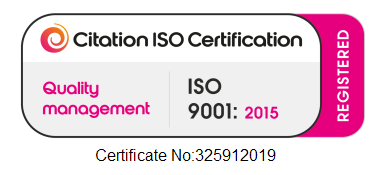SILICA GEL OR ACTIVATED CLAY?
They both have the ability to absorb moisture vapour from the air and are desiccants.
At equilibrium, silica gel will remain “dry” to the touch. Depending on how well the sachet material tolerates heat, silica gel may occasionally be replenished by drying out in an oven. At equilibrium, activated clay will feel damp and is non-regenerating.
One Desiccant Unit (DU) of silica gel = 25grm
One Desiccant Unit (DU) of basic activated clay = 33grm
Therefore, more clay is needed to adsorb the same amount of moisture.
R-Tech offers a modified clay which includes a small percentage of calcium chloride blended with the modified clay. This overcomes the problem of dampness at equilibrium and enhances performance to the same level as silica gel, i.e. One Desiccant Unit = 25grm. It cannot be regenerated but is a lower-cost alternative to silica gel for general packaging applications.
Small sachets, generally used in contact with pharmaceutical or food products, are almost 100% silica gel.
MOISTURE INDICATOR
R-Tech uses a silica gel impregnated with orange that changes to green when moisture adsorbed. These sachets are only offered in sizes up to 5grm. The material used is a food grade, high tensile strength filter paper which allows the colour change to be seen.
BRITISH STANDARDS
R-Tech Sachets and Desiccant Bags are supplied with a moisture content lower (i.e. better) than that specified by BS7554:1992. The standard for our modified clay products is BS7529:1991 and again, moisture content on despatch is lower than that required by the Standard. We produce sachets and bags for MOD Def.Stan 81-68/5 and MIL-D-3464E.
SHIPPING CONTAINER DESICCANTS
We supply an excellent shipping container desiccant in modern-style packaging, with a hook for hanging – quick and easy to install and safe to remove. Made in Europe using the latest technology, this desiccant has maximum adsorption (3 kilo liquid per pack) but goes solid as equilibrium is reached – no dangerous liquid to dispose of on removal. Supplied in cartons of 12 strips – enough for a 40ft container.
MOLECULAR SIEVE SACHETS NOW MANUFACTURED BY R-TECH IN THE UK -R-TECH is now proud to offer high-quality molecular sieve desiccant sachets, manufactured in the UK.
Available in a range of sizes from 1g to 10g, these sachets provide excellent moisture control and are ideal for various industrial and packaging applications.
Looking to place an order or discuss your requirements? Click here to contact us


